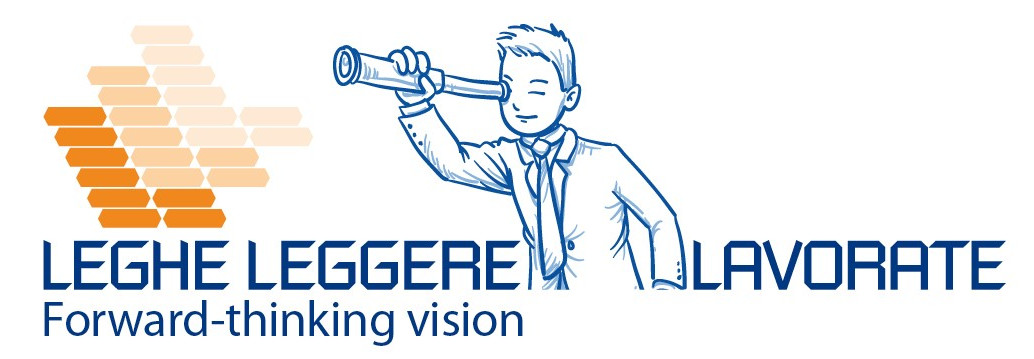Compression molding is a production technique employed in the biomedical sector for manufacturing components intended for implantation in the human body. However, a significant obstacle in the production of these devices is the need to ensure the biocompatibility of the materials used.
On the market, there are numerous additives designed to limit the reactivity of radicals, but unfortunately, many of them present biocompatibility issues, a fundamental requirement for any product intended for internal use in the human body.
One of the biocompatible dopants that has been widely studied for the stabilization of medical-grade polyethylene is vitamin E, also known as alpha-tocopherol. This vitamin, found in many plant-based foods, is essential for human metabolism.
Stabilizing Ultra High Molecular Weight Polyethylene (UHMWPE) by adding vitamin E represents an alternative method to ensure oxidation resistance without compromising the mechanical properties of the material. There are two main approaches to introduce low concentrations (0.05%-1%) of vitamin E into UHMWPE.
The first method involves mixing liquid vitamin E with UHMWPE powder before the extrusion process of the bars and irradiation for cross-linking. The second method, instead, involves the diffusion of vitamin E within already consolidated and cross-linked UHMWPE.
The addition of minimal concentrations of vitamin E in polyethylene effectively eliminates the oxidation problem, thus increasing the material’s longevity and ensuring the safety and reliability of devices intended for medical use. This technique represents an important development in the field of producing biocompatible materials for the biomedical industry.

